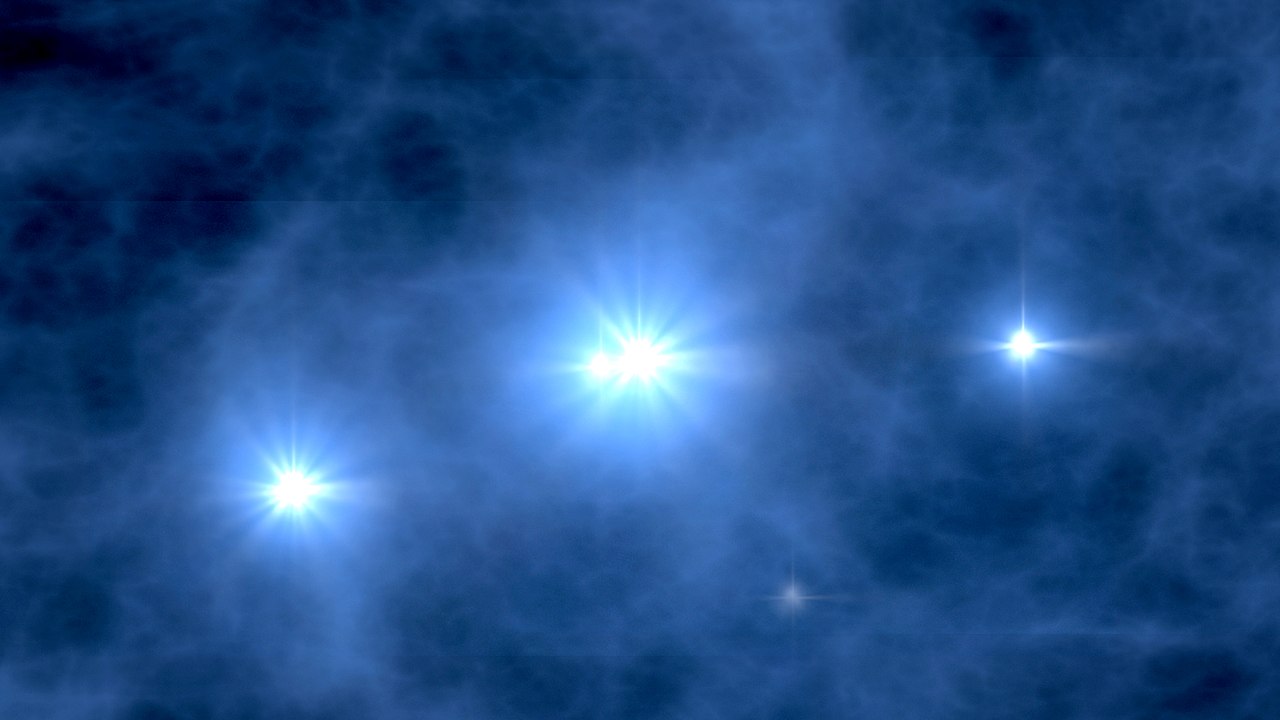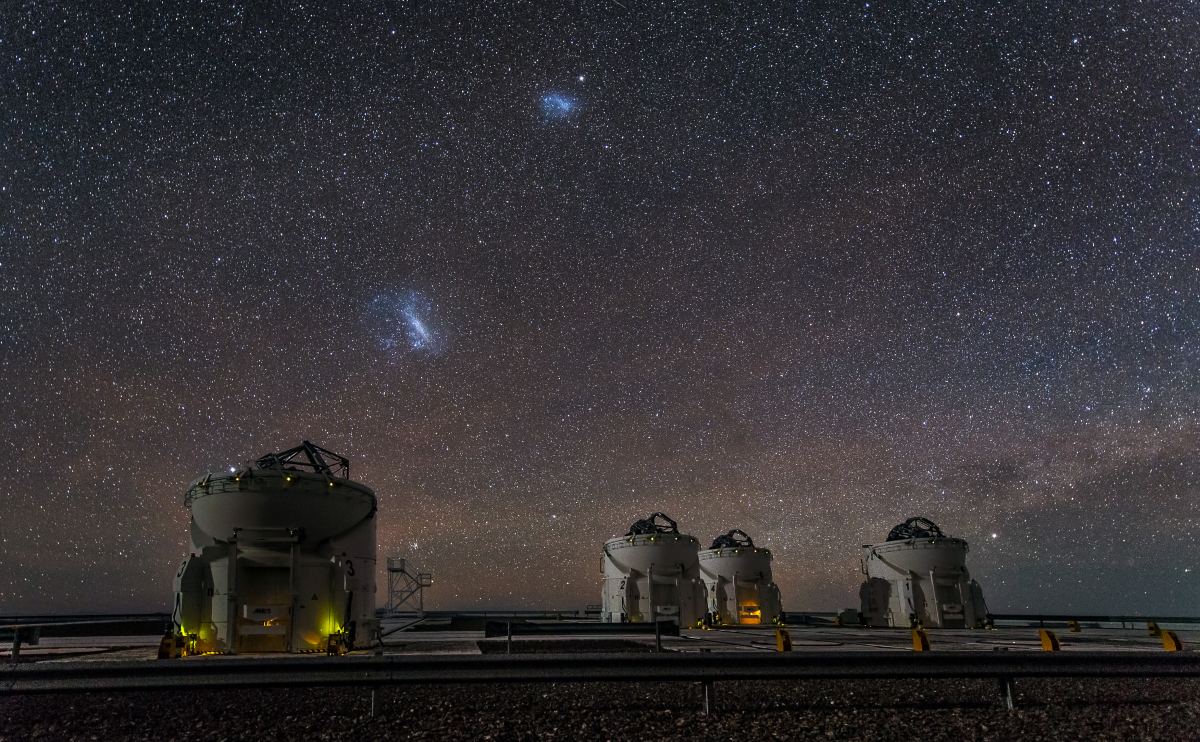When the first stars in the Universe formed, the only material available was primordial hydrogen and helium from the Big Bang. Astronomers call these original stars Population Three stars, and they were extremely massive, luminous, and hot stars. They’re gone now, and in fact, their existence is hypothetical.
But if they did exist, they should’ve left their fingerprints on nearby gas, and astrophysicists are looking for it.
Continue reading “Astronomers Think They’ve Found Examples of the First Stars in the Universe”



